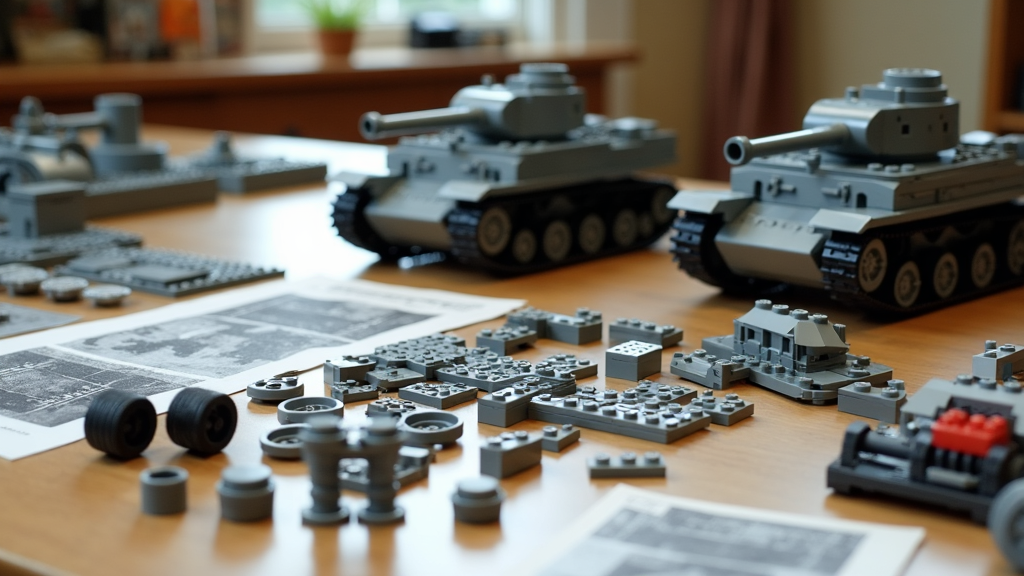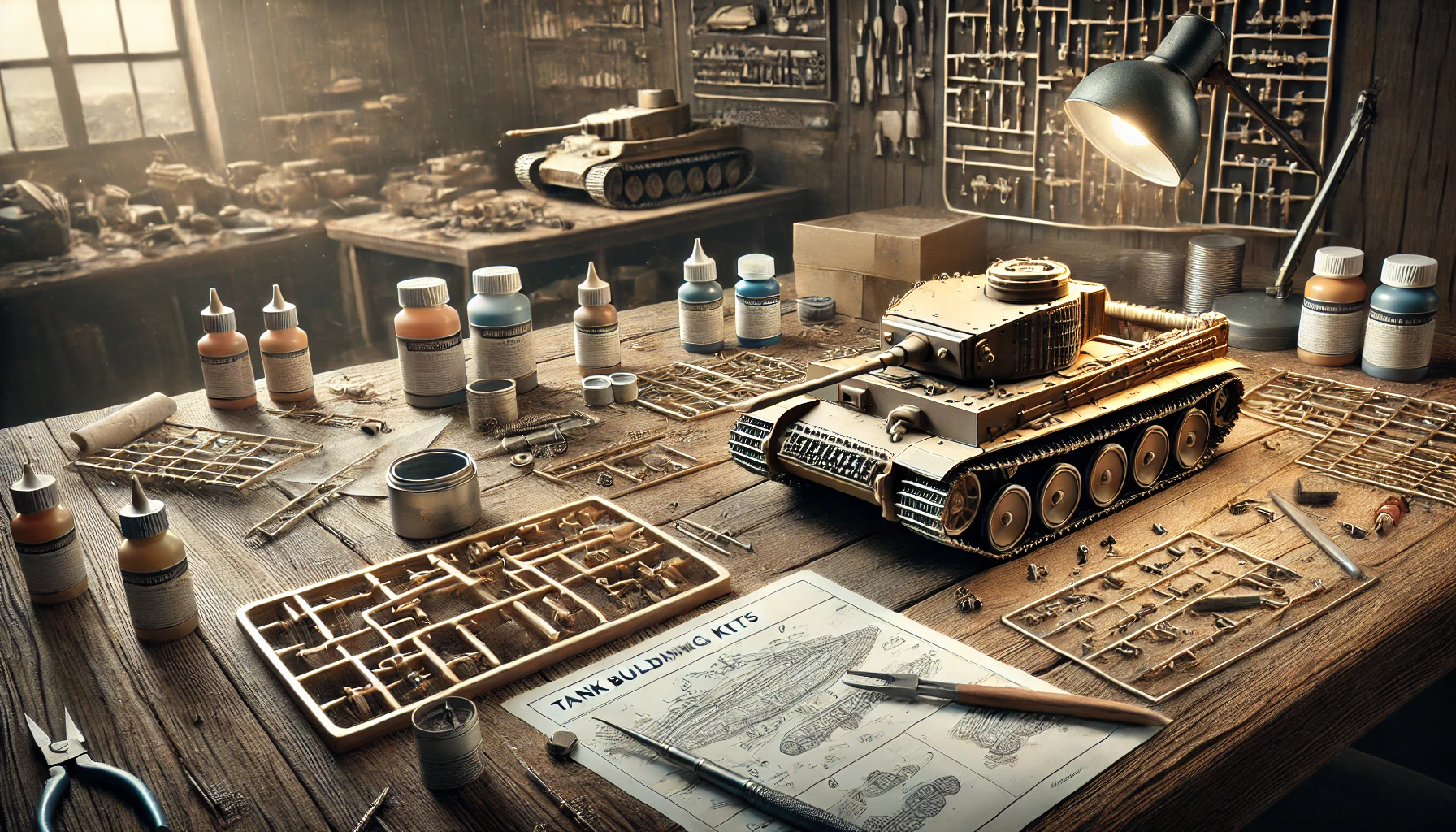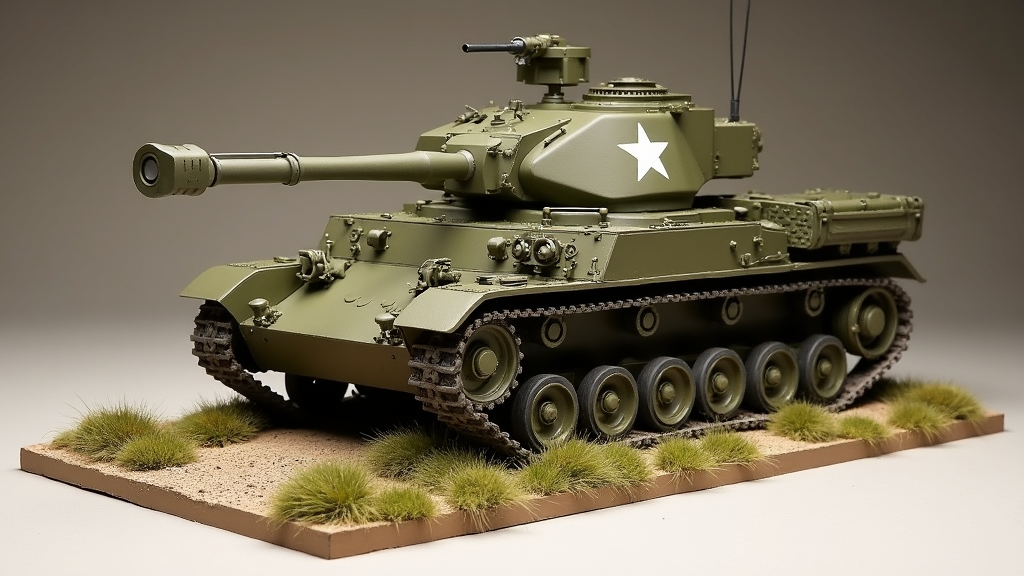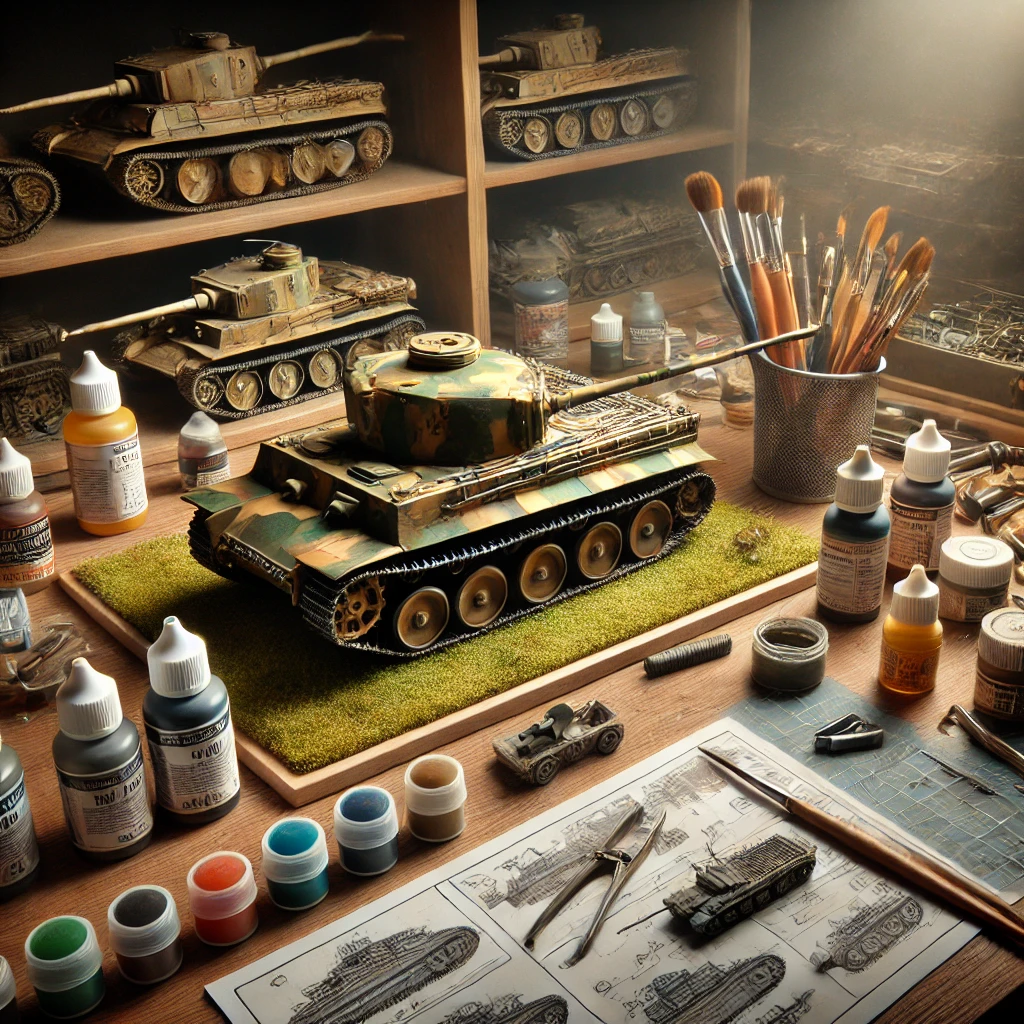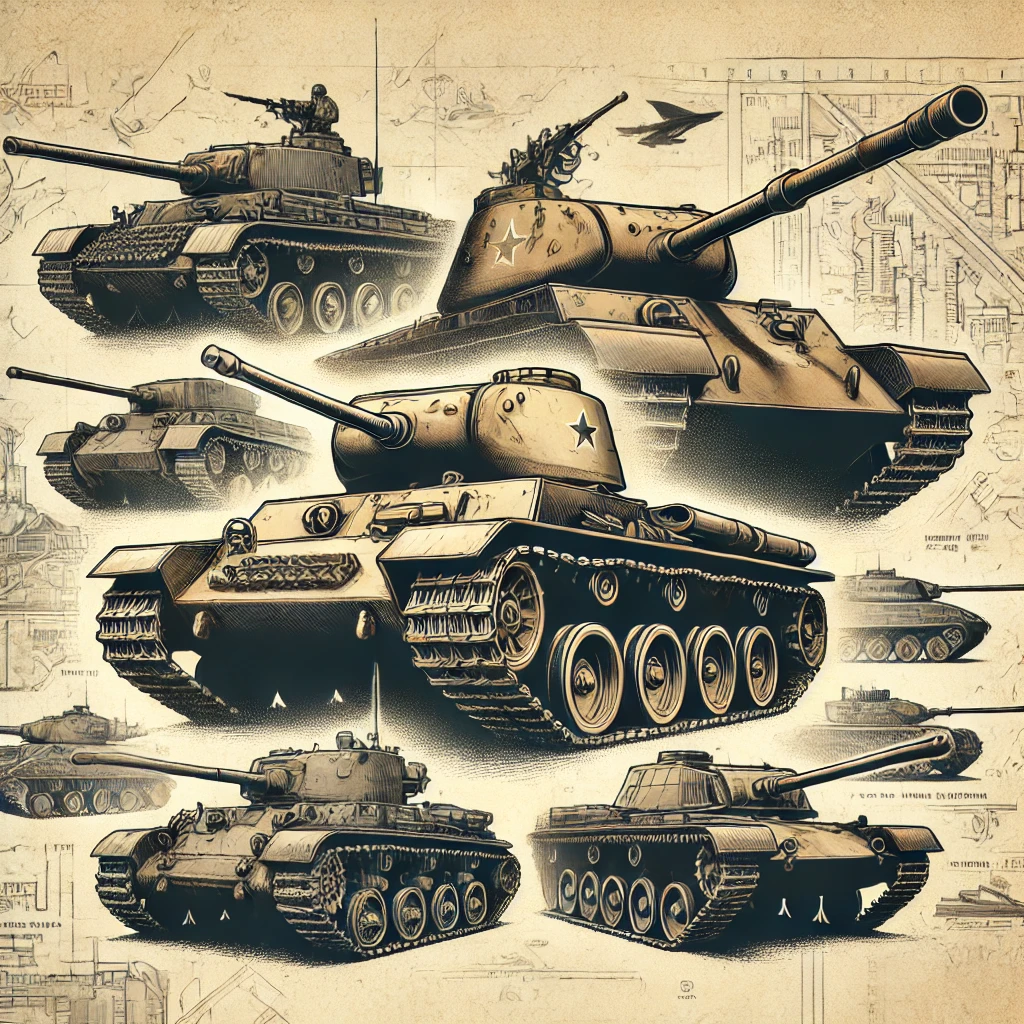If you’re a fan of LEGO and history, there’s a good chance you’ve stumbled across, or even seriously considered, building your own LEGO Panzer III tank. The Panzerkampfwagen III, usually just called Panzer III, is one of the most recognizable German tanks from World War II. It’s really popular among custom LEGO builders and military enthusiasts for its iconic look and the engineering challenges it brings. As someone who’s geeked out over war machines and spent way too much time on brickbuilt models, I can tell you that a Panzer III LEGO build is a project that gives you a ton of satisfaction. But it also comes with plenty of unique decisions, options, and even a few surprises along the way.
Before I get into my personal experience and what you should know, here’s a quick overview with the most common factors people look for in a LEGO Panzer III build:

Model Name: Panzer III (Panzerkampfwagen III)
Brick Count: Typically 800–1,600 pieces (varies by build)
Standard Scale: 1:35 to 1:40 for most custom sets
Minifigure Compatible: Yes, with most designs
Difficulty Level: Moderate to Advanced
Average Cost (Custom Kits): $80–$230 USD
Designer Community: Massive, with lots of fanmade plans
Best for: WWII LEGO fans, custom military builders, diorama creators
Recommended Age: 13 and up (due to complexity)
Availability: Custom kits and instructions available from third party sellers, MOC sites, or independent designers online.
LEGO doesn’t make official military sets, especially not depicting specific WWII tanks. That’s why custom Panzer III models are built by hobbyists from scratch or by using instructions and brick kits from specialist shops. You can find models ranging from basic to super detailed, sometimes even with working suspension or motorized features. The fun, and the challenge, is that you get to decide how far you want to take your build.
There’s a lot more to it than just stacking bricks. I’ll cover what makes the Panzer III tank such a loved subject, the choices you’ll run into, how to find the right build, and my own tips from customizing several Panzer III models over the years.
Table of Contents
Why the Panzer III Stands Out in LEGO Form
The Panzer III isn’t just another tank; it played a huge role for Germany in WWII and has tons of unique features that make for a really engaging LEGO project. When building or buying a Panzer III model in LEGO, these historical details shape a lot of your decisions.
- Iconic Silhouette: The Panzer III’s rounded turret, flat hull sides, and six road wheels make it different from later tanks like the Tiger.
- Modular Versions: The Panzer III went through a bunch of different “Ausf.” (“model” or “version”) types from early D and E up to late M, as armament and armor changed. Builders often pick a specific version to recreate.
- Minifigure & Diorama Friendly: It’s easier to fit LEGO minifigures into a Panzer III than many other tanks at the same scale, so it’s really popular for dioramas or play.
- Customizable Camouflage: You can swap up the look with different color schemes, like plain gray (Panzer Grau), desert sand (for Afrika Korps), or late war camo patterns.
A Panzer III build is both an engineering project and a chance to geek out over WWII history. There are lots of build options and details to fiddle with, based on history or your own creative ideas.
Learning from the History: What Makes the Panzer III Tick
Knowing a little history really helps if you want your LEGO Panzer III to look right, or if you’re just looking to impress friends with trivia. The Panzer III rolled out for the German army starting in the late 1930s and was used all through World War II, mainly as a battle tank before heavier models like the Panzer IV or Panther took over.
- Main Features: The tank had a 5 cm or 7.5 cm main gun (depending on version), a crew of five, and a distinctive look with its big flat hull and small, roundish turret.
- Variants: The Panzer III has tons of versions, like the Ausf. J (probably the most famous), with visual or technical differences. Some custom LEGO sets let you build several versions from the same base.
- Historical Significance: At one point, Panzer III was the main tank in the German army. It fought on every front, and a lot of people build North Africa (Afrika Korps) or Eastern Front versions in LEGO.
- Modeling Details: Features like the external fuel drums, spaced armor skirts, or the different versions of commander cupolas offer lots to tinker with in your build.
Getting into these choices isn’t just for diehard history fans; little details add a lot to the look and the feel. That’s probably why there are hundreds of Panzer III LEGO instructions and customizations out there.
Popular Types of LEGO Panzer III Builds
Browsing online, you’ll see all sorts of Panzer III kits and custom builds. Picking one depends on what you’re after, how much time you want to spend, and how many bricks you have tucked away or are willing to order. Here are the main categories you’ll run into:
1. Digital Instructions and MOC Plans
Some designers put together super detailed digital instructions for a Panzer III and sell them as a PDF or digital download (MOC = My Own Creation). You download the plans, get a PDF part list (sometimes a BrickLink XML), and order the parts online.
- The biggest plus is that you can review the plan, tweak the details, and sometimes even choose which color scheme you want.
- You’ll want to check how rare or expensive some pieces are. Panzer III kits often use wedge plates, slopes, and small wheels that aren’t in every LEGO set.
- This route is often cheapest upfront but can rack up costs if the parts are unusual.
2. Full Custom Brick Kits
Companies like Brickmania, COBI (technically not LEGO but compatible bricks), and several small shops sell readytobuild Panzer III kits. These come with all bricks included, sorted and bagged, and sometimes even special printed minifigures or decals.
- This is the easiest way to get a really displayworthy tank without hunting for every brick separately.
- Expect to pay a premium, especially for the wellknown brands with printed elements.
- Official LEGO won’t sell these, so prices depend on small business supply and demand.
3. Free MOC Designs and Community Projects
There’s a vibrant community on sites like Rebrickable, MOCpages, and the r/legoMilitary subreddit sharing free (and paid) designs. These range from basic beginner models to expertlevel tanks with full interiors, custom track links, and camouflage.
- This is a great path for budget builds or if you want to mod a basic Panzer III frame into something unique.
- Online communities usually help with parts swaps, build troubleshooting, or finding rare bricks.
4. DIY and BrickBuilt Upgrades
If you already have a collection of gray and tan LEGO, you can freestyle your Panzer III with what you have. This lets you experiment, add crazy features, like motorized treads, a working turret, or even LEGO Power Functions electronics. It’s a fun way to personalize your build and learn a lot along the way.

Dig Into the Details: Brick Colors and Camouflage
One of the things that really takes a Panzer III build up a notch is choosing your color scheme and camo style. Depending on the historical context or your personal taste, you can go for allgray (Panzer Grau), desert yellow (Afrika Korps), or latewar camo patterns with greens and browns. This decision affects not just the model’s look, but also which pieces you’ll need to get your hands on.
Some builders like to use slightly different shades for worn areas, while others try to match everything perfectly. There are even custom printed tiles and decals out there for realistic insignia or unit markings. The cool thing is, you can switch things up every time—you don’t have to stick to just one paint job.
Building Tips for a Satisfying LEGO Panzer III
After building a few of these tanks myself, here are some tips and common issues:
- Tracks: LEGO Technic tread pieces (the small and medium sizes) work for the scale, but try out Brickmania and aftermarket options—these let you get the right length and scale for the Panzer III’s track system.
- Sloped Armor: Use wedge plates, upside-down building, and creative bracket use to get that Panzer III slanted armor look. SNOT (Studs Not on Top) techniques really come in handy here.
- Turret: Getting the rounded shape can be tough, so expect to mix together curved slopes, jumper plates, and flaps. Some builders like to add hatches for the crew, or rotating commander cupolas for some next-level cool.
- Interior: Advanced MOCs might include space for a driver, gunner, and two side hatches—plus gun breech details and ammo racks.
- Playability: If you’re planning on using your tank in displays or battles, reinforce the chassis and attach the turret securely. Nothing kills the fun faster than having it fall apart mid-play.
- Minifig Fit: Most 1:35 scale Panzer III models fit two or three minifigures, but squeezing in a full five is tough without making the tank comically large. Decide if you’re after realism or minifigure action and design accordingly.
Common Pitfalls and How to Avoid Them
Even with good instructions or a kit, Panzer III builds can run into trouble. Here are a few things to keep an eye out for:
- Some rare parts are only available in a handful of sets. Before buying a plan, scroll through the parts list and make sure you can source everything affordably.
- Watch your weight distribution, especially if you’re adding power functions or motorized drive. Too much weight in the turret or hull can make the model tip or tread links pop off.
- Instructions from hobbyist designers might skip a few steps or assume you know certain SNOT techniques. If you hit a confusing bit, post in the community or check for build videos on YouTube.
- Make sure your tank fits through doors and onto gaming plates if you plan to use it for tabletop battles. It’s easy to scale up too much!
Where to Source Parts for Your Custom Panzer III
Once you pick your design or instructions, it’s time to chase down those bricks. If you already have a big LEGO collection, you may be halfway there. If not, here are your top sourcing options:
- BrickLink: This is the main marketplace for secondhand and new LEGO pieces. You can find everything from standard slopes to ultra-rare track links, plus minifigure accessories for German WWII looks.
- Pick a Brick (LEGO): LEGO’s own service is best for newer standard colors and elements but less useful for specialty pieces or certain shades.
- Community Swaps: Reddit, LEGO forums, and Facebook groups often host brick-swap programs—these can save you money and help you track down weird parts.
- Aftermarket Shops: For custom printed elements like hatches, insignia, or Panzer crew minifigs, check out Brickmania or custom ceramic decal makers. Prices can add up, but the realism is next-level cool.
Displaying and Playing With Your Panzer III
After hours of work hunting for bricks and snapping them together, you’ll probably want to put your Panzer III on display. Some people go for dioramas with the tank driving through sand, forest, or urban ruins—adding fences, bunkers, or mini-vehicles for more atmosphere. Dust off a bookshelf or set up a showcase, and you’ll get admiring looks from anyone who sees your handiwork.
For play or gaming, Panzer III tanks are often used as centerpieces for tabletop wargames or custom LEGO battlefield setups. Reinforcing your model and keeping spare treads nearby makes game days smoother! Some clubs even organize historical battles and compare builds for realism and creativity.
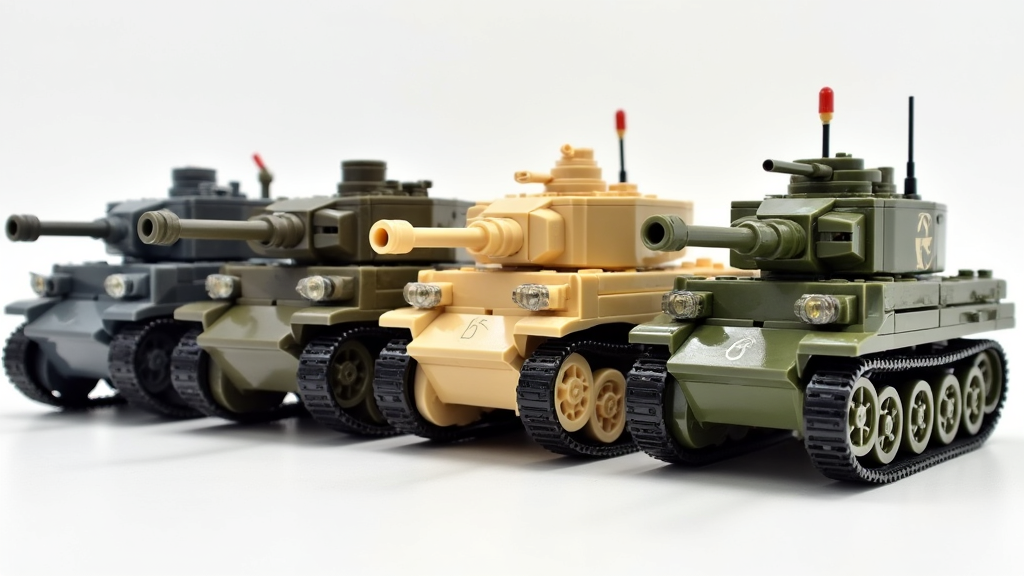
Panzer III in the Broader LEGO Military Community
The Panzer III is part of a growing movement among LEGO military builders. While LEGO as a company stays away from war themes, fans bring to life everything from WWII tanks to modern vehicles with tons of creativity. Building a Panzer III is a way to be part of that community, swap techniques, and show off your skills online or in local gatherings.
You’ll notice lots of friendly rivalry—people try to one-up each other’s tank suspensions, get closer to scale accuracy, or cook up something new for turret shapes. Don’t be shy about sharing progress photos, asking for feedback, and joining collaborative projects. Some builders even team up for massive displays at LEGO fan conventions or organize themed build contests with prizes for best MOC or most accurate model.
For inspiration, check repositories like Flickr, Instagram, or YouTube, where top builders break it down with build logs, speed builds, and tip videos. These resources are gold if you run into a tricky section of your own build. Plus, you might stumble upon a design trick that takes your own Panzer III up a notch.
Taking Your Customization Further: Beyond the Basics
If you really want to make your Panzer III stand out, try adding these next-level touches:
- Alternate Versions: Build both the early- and late-war versions, swapping out parts for armor upgrades, winter stowage, or even field mods. Some designers offer full upgrade kits or alternate instructions.
- Battle Damage: Add realistic damage with exposed studs, missing fenders, or old smoke pieces as “burn marks.” It’s a cool way to tell a story through your build.
- Full Diorama: Set your tank in a bustling scene with soldiers, vehicles, and terrain creations. Even small details like puddles, rocks, or barbed wire bring your scene to life.
- Power Functions: For ambitious builders, use LEGO’s electronics to give your Panzer III real movement or light-up features. Remote control builds are impressive and bring lots of WOW to live demos.
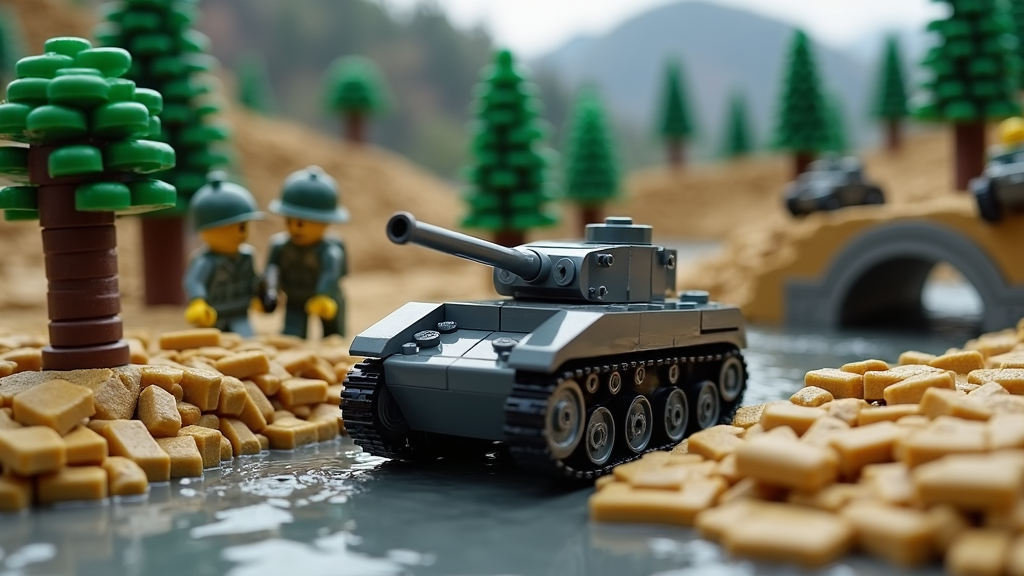
Resources and Where to Go From Here
Ready to kick things off with your own Panzer III? Here’s where to find the best plans and help:
- Rebrickable.com: Tons of digital MOCs and parts lists for Panzer III and other tanks.
- MOCpages: Archive of builder designs, build journals, and feedback.
- Flickr / Instagram: Search “LEGO Panzer III” to find top creations and build breakdowns.
- Brickmania.com: Prismatic kits, custom minifigs, and decal packs, though prices can be high.
- YouTube: Tutorials, build timelapses, and part sourcing guides for custom tanks.
- Reddit/r/legoMilitary: Post questions, showcase work, and join group builds/contests.
Most importantly, don’t stress about perfection. Every LEGO Panzer III is a reflection of your own skills, collection, and preferences. Keep experimenting, learning, and showing off your work to the community, and you’ll keep finding ways to improve.
Wrapping Up: Should You Build a LEGO Panzer III?
Building a LEGO Panzer III is equal parts history lesson, engineering puzzle, and creative showcase. Whether you’re brand new to custom tanks or a seasoned MOC designer, this iconic vehicle offers endless ways to personalize and learn. Plus, you’ll get the thrill of creating something that looks eye-catching on a shelf and draws real admiration from others who stumble upon your finished work.
If you love tanks, WWII history, or just want a project that’ll keep you engaged for hours, the Panzer III is a great pick. You’ll learn a lot about build techniques, make new friends in the online brick world, and level up your LEGO skills along the way. So, gather those bricks, pick your favorite version, and get building—your Panzer III adventure is waiting!
